Was Harlow’s the most exciting discotheque in New York?
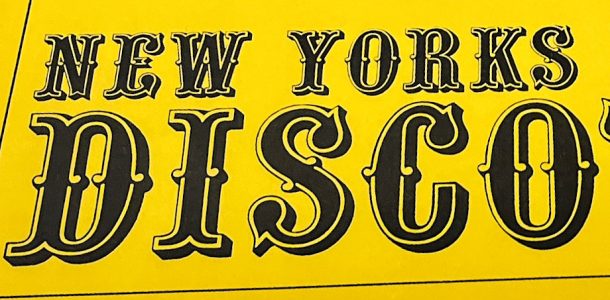
That’s the question I addressed in the recent V&A Instagram Live celebrating LGBT History Month. The event featured an amazing selection of objects that can be accessed in our Prints and Drawings Study Room, and I was excited to talk about a 1968 poster promoting the somewhat-forgotten nightspot, Harlow’s.
In this blog post I’ll dig a little deeper into mid-1960s New York nightlife and what it meant to be a discotheque before there was disco.
Located in the city’s Upper East Side, Harlow’s opened in 1965 and was presumably named after the 1930s film star and ‘original blonde bombshell’, Jean Harlow. By coincidence, the same year saw the opening of Michael McClure’s play The Beard – an imagined relationship between Jean Harlow and Billy The Kid.
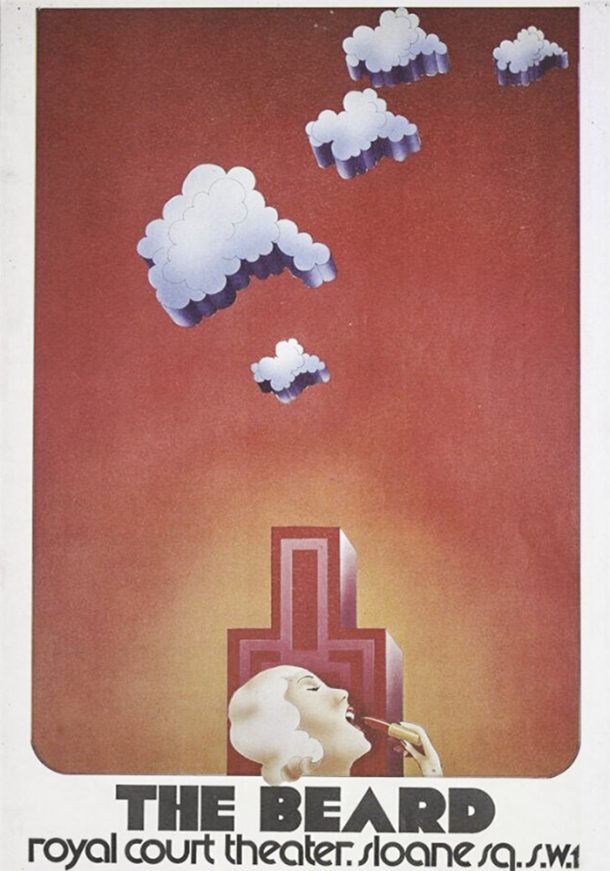
Harlow’s was owned by real estate mogul Arnold Stein, who commissioned illustrator Jerry McDaniel to create a visual identity for the club. An important element of this was a large black and white poster that McDaniel designed in 1966.
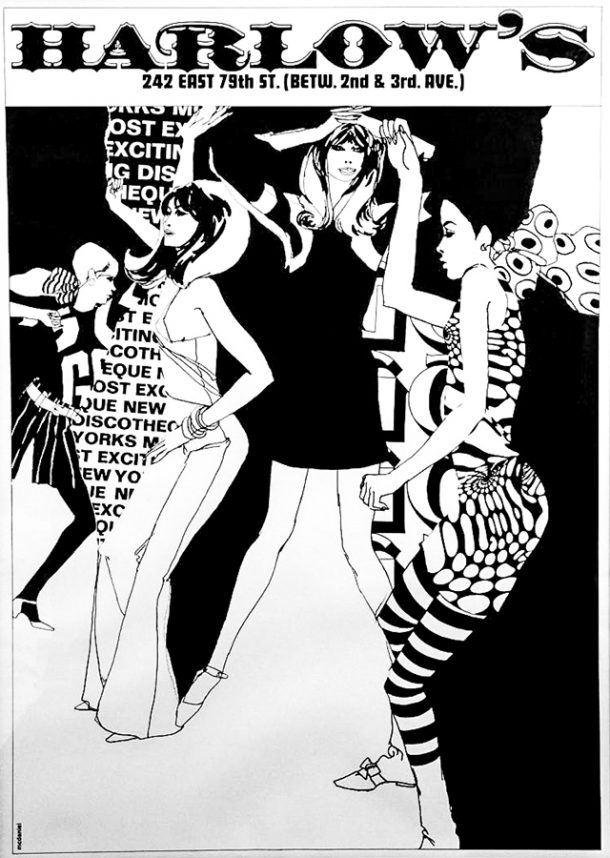
It seems to have been a great success. Not only could it be seen posted across the city – on store windows, buildings, ferryboats and cruise ships – it was also sold in enterprising boutiques and poster shops.
At first glance the Harlow’s logo – with its distinctive ‘Western’ typeface – seems slightly at odds with rest of the design, but this wasn’t accidental. Stein had insisted on what he called ‘steak house’ lettering for the poster, as under the licensing laws of the time, venues couldn’t provide entertainment without also serving food.
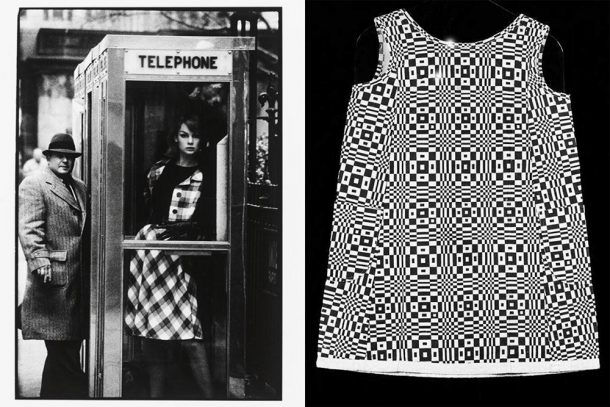
But if the typography said steak, the image said dancing. The clothes seem to reflect the influence of ‘Swinging London’, with a strong geometric and op-art aesthetic, while the dance steps could be the frug, swim or watusi. All popular dance crazes of the day, and many of which were rooted in African American culture.
Two years later Mc Daniel designed the striking yellow poster that we featured in the Instagram Live event.
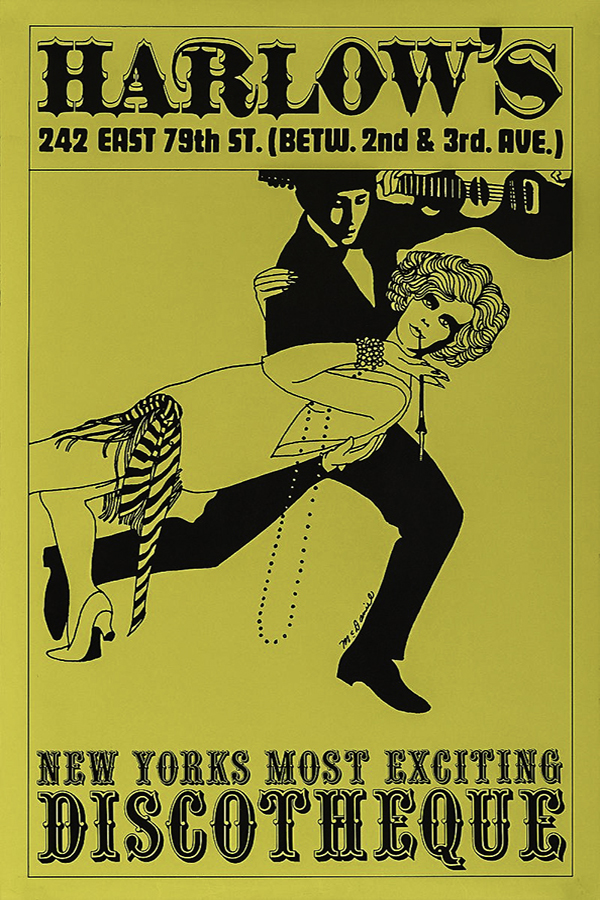
The go-go dancers are gone, replaced with a 1920s flapper, complete with bobbed-hair, pearls, cigarette and fringed ‘Charleston’ dress. For no obvious reason she is being supported by a male flamenco musician.
If the earlier poster offered a glimpse of what the visitor might hope to find in Harlow’s, this one seems more interested in capturing an attitude: the sophistication, decadence and irreverence of the Jazz Age, distilled into the newly-imported concept of the discotheque. In doing so, McDaniel seems to have hit on a stylistic identity for disco that would be influential throughout the 1970s (particularly here in the UK).
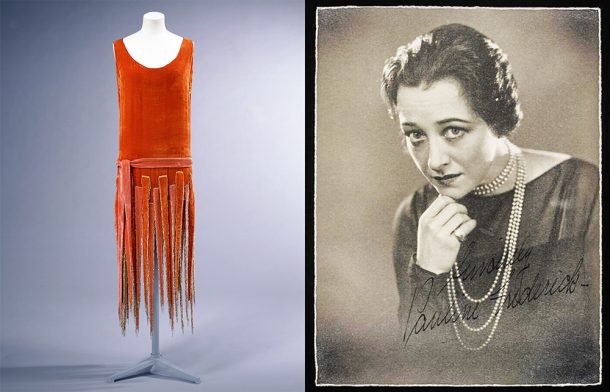
So what was a discotheque in 1968 – five years before the first reports of a disco scene in New York.
Recent writing has emphasised disco’s roots in the counterculture of the 1960s, but places like Harlow’s were not in the least countercultural.
Neither were they part of New York’s queer nightlife scene which, within a few years, would give rise to such foundational discos as The Loft, The Gallery and Sanctuary. In the mid-1960s however, gay and lesbian bars were largely unlicensed and/or mafia-owned with (at best) a jukebox for musical entertainment.
Discotheques, particularly in the more affluent areas of New York, were mainstream businesses targeting a fashionable, well-heeled, straight white crowd – ideally with a sprinkling of the ‘international jet set’.
Live music was equally as important as record-playing and Billboard magazine reports a succession of up-and-coming bands performing at Harlow’s. The musical programming seems have been dominated by the British Invasion pop and rock groups, supplemented by current dancefloor hits from the likes of Tamla Motown artists and James Brown.
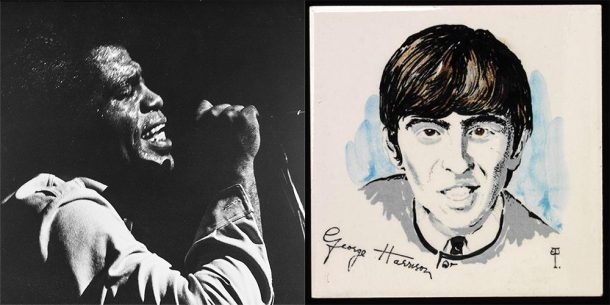
Harlow’s had competition of course, with two rival discotheques standing out.
Arthur, owned by actor Sybil Christopher, was named after a quip in the film A Hard Day’s Night – George Harrison is asked what his haircut is called and replies ‘Arthur’. A celebrity hangout, the club’s resident DJ, Terry Noel, was an early pioneer of mixing one record into another, a defining element of the later disco scene (in the USA at least).
By contrast, The Cheetah Club operated on a much larger scale. A former ballroom where 2000 people could dance under 3000 coloured lightbulbs, it has been described as ‘the grandaddy of the big commercial disco’. Variety magazine was moved to call The Cheetah ‘a king-sized watusery with Fort Knox potential’.
But surprisingly none of these early discotheques appear to have survived long enough to enjoy the lucrative disco years of the next decade. Harlow’s for example pinned its hopes on the short-lived Rock and Roll revival and in 1970 completely changed the decor and entertainment policy. At that point the venue seems to have vanished into obscurity.
Perhaps the main legacy of the 1960s discotheque was that it established a template – based on glamour, celebrity and aspiration – that would be revisited as disco reached its commercial peak some 10 years later. And nowhere more so than in uber-disco Studio 54.
So was Harlow’s the most exciting discotheque in New York? I’m not sure that I’m any nearer to a definitive answer, but it’s been fun trying to find out. Along the way I began to find disco in so many unexpected corners of the V&A’s collections that I’ll round them up in a future post.



Hi John,
this is very fascinating and I’m excited to find out more, especially regarding related objects at the V&A, I will keep an eager look out.